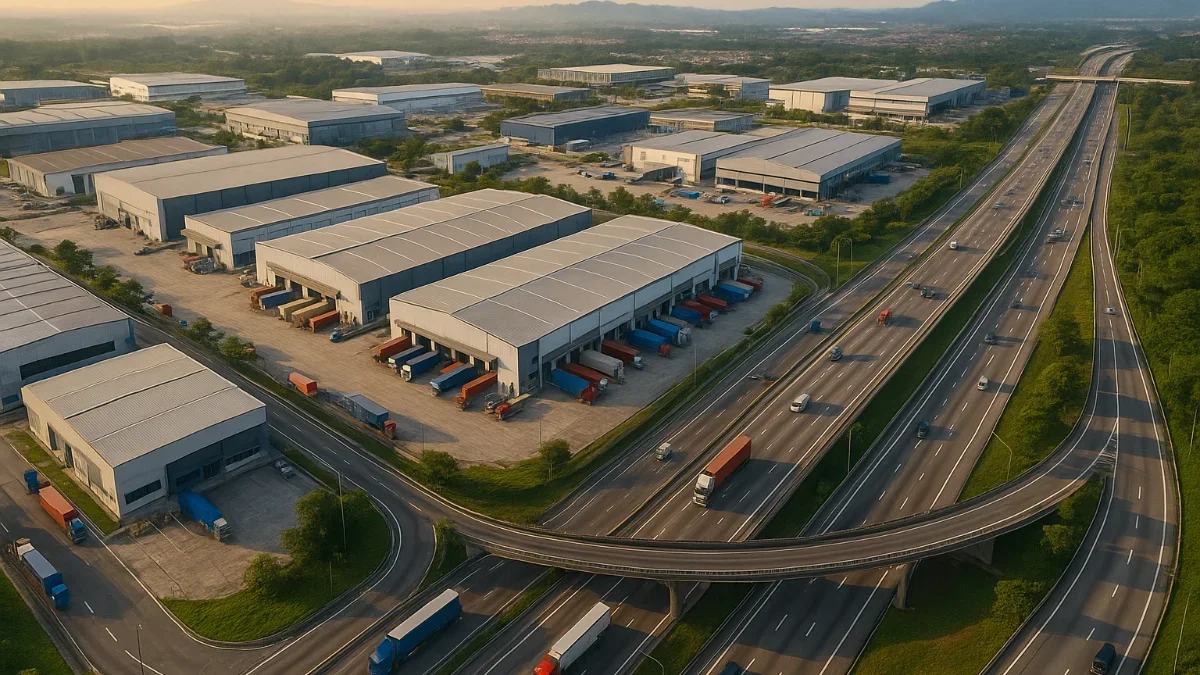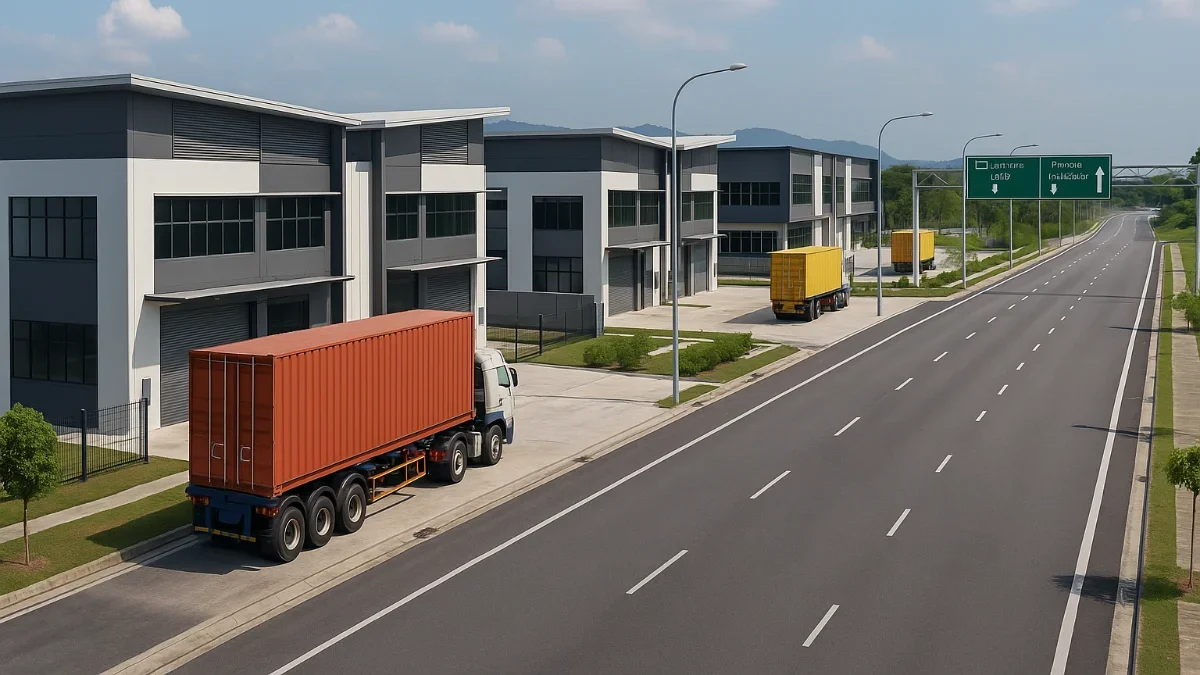Discover five major trends set to shape Malaysia’s industrial property market in 2026, from rental growth and ESG parks to logistics and infrastructure-driven opportunities.
Malaysia’s Industrial Property Outlook for 2026: 5 Key Predictions
Malaysia’s industrial property market has experienced strong momentum in recent years, driven by manufacturing expansion, e-commerce growth, and infrastructure upgrades. As we move towards 2026, investors and businesses are asking: what’s next for the sector? Here are five key predictions that could shape Malaysia’s industrial landscape in the year ahead.
1. Continued Rental and Price Growth in Prime Locations
High-demand industrial hubs such as Shah Alam, Klang, and Johor’s Iskandar region are likely to see steady rental growth of 3–5% annually. Limited land supply, coupled with high tenant demand from multinational companies (MNCs), will keep prices firm, especially for high-spec factories and logistics facilities.
2. Rise of ESG-Compliant Industrial Parks
Environmental, Social, and Governance (ESG) considerations are becoming a deciding factor for corporate occupiers. By 2026, more developers will integrate solar-ready roofs, rainwater harvesting systems, and energy-efficient designs to attract sustainability-focused tenants.
3. Strong Demand from E-Commerce and Cold Chain Logistics
The growth of online retail and Malaysia’s role as a regional distribution hub will fuel demand for large, well-connected warehouses. Cold storage facilities, particularly near major ports and urban centres, will see increased investment as the food and pharmaceutical sectors expand.
4. Industrial Growth Along Mega Infrastructure Corridors
Projects like the East Coast Rail Link (ECRL) and Pan Borneo Highway will open new investment zones. Expect secondary towns with improved connectivity to attract logistics operators, manufacturing plants, and agro-industrial businesses seeking lower land costs.
5. Shift Towards Built-to-Suit Developments
By 2026, more corporations will opt for built-to-suit industrial facilities tailored to their operational needs. This trend is especially strong among data centres, EV manufacturing plants, and large-scale logistics companies requiring specific infrastructure setups.
Conclusion
For investors, the coming year offers opportunities in both established industrial hubs and emerging corridors. Aligning investment strategies with sector-specific demand—especially logistics, cold storage, and ESG-friendly developments—will be key to achieving strong returns.



